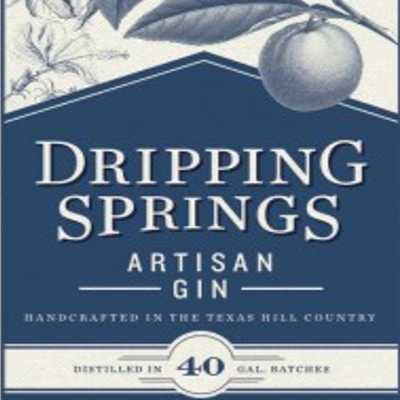“See with eyes unclouded by hate.
See good in that which is evil,
and evil in that which is good.
Pledge to neither side, instead vow
to preserve a balance that exists between.”
– Hayao Miyazaki

By Alyson Powers
@M1ssPowers
William Blake made a statement in the 18th Century. “It is easier to forgive an enemy than it is to forgive a friend.” You may or may not agree. Likewise, criticizing a director’s work you have cherished for forty years, well, it puts off as sacrilege. It feels disrespectful. Hayao Miyazaki is neither my enemy nor my friend. However, his work engrained itself into the raising of my children. He is family to me. My review isn’t about forgiveness but evolution. Times change. They speed up. Bands or groups evolve. Their style goes out. Singers reinvent their motif, and it can but rarely works. Imagine Prince singing country. This intro stretches the situation, my “situation,” with Miyazaki’s latest film The Boy and The Heron. It appears the Sir this time decided to bring drama into focus and mingle it with his highly sought-after fantasy that so many crave. For the first hour it lulls you into a peaceful trance. Is this even Miyazaki? Where is all the movement?

It seems Mr. Miyazaki wanted to do something a little different. If you know his work, all of his anime ‘seeming’ but not actual anime-style films flourish with greatness and depth at a prophetic level of wisdom. Nausicaa in the Valley of the Wind sets to conquer greed and destruction of planet, which come from not understanding better other people- nor soil as literal and metaphoric. Spirited Away faces selfishness and a loss of innocence as it blossoms into maturity. Princess Mononoke engages the importance of peace amongst a world of hate and anger. Just to name a few.
The interesting stamp these and ALL others share is that the protagonist lead is a female. A heroine (not a heron wink). ALL of them, save one. This one. It has been mentioned The Boy and The Heron will be Miyazaki’s last project. I wonder if this is why he explores a finale as himself possibly portraying the main character, Mahito Maki. I speculate only as I have not interviewed the director nor have I searched for information. Though, I encourage you to do a little research before you watch.

The story as I mentioned is breathtaking, or better imagined as breath pacing, for the first near hour. None of his anticipated surprises and no elaborate tales to entice are able to take you away from a trance you fall into. You feel this child. You become one with his calm. And the trance is a pleasant place. Yet his signature dynamic of movement is gone. The only moving aspects are the characters on each page. Everything filling backdrops placed in an unremarkable world– is still.
SPOILER: Mahito Maki voiced in Japanese by Soma Santoki (yes, I skipped the English version) has lost his mother during war time and has been removed far from Tokyo to a countryside for shelter until the rage settles. His happy, boisterous but manly father Shoichi Maki voiced by Takuya Kimura welcomes him “home” to his new wife, maiden, not sure, but she is pregnant with a soon-to-be half sibling. That’s a lot to take in all at once.

So, now I have to critique a friend, a family member, an artist who positively changed my son forever — someone important to me. The Boy and The Heron isn’t able to connect all the metaphors or superstitions and cultural anomalies thrown into the second half. The weight of them all and the weight of characters who aren’t given any introduction or depth passes on to your processing skills and wears you out. I felt irritated, and slighted almost by the fact I didn’t get it. He normally provides a little coddling by bringing you around full like after a holiday meal. I felt empty in the end. And tired. Maybe this was the point. So much to do, so much to accept… so much completed, never to be challenged again. Maybe that’s what the end feels like for a great artist.
In my opinion, it is not feminism Hayao Miyazaki expresses in all of these strong female characters. If you get to know them, in truth, they are deeply hurt beings doing everything in their power to save face and maintain heart. Miyazaki must have loved his mommy very much.







